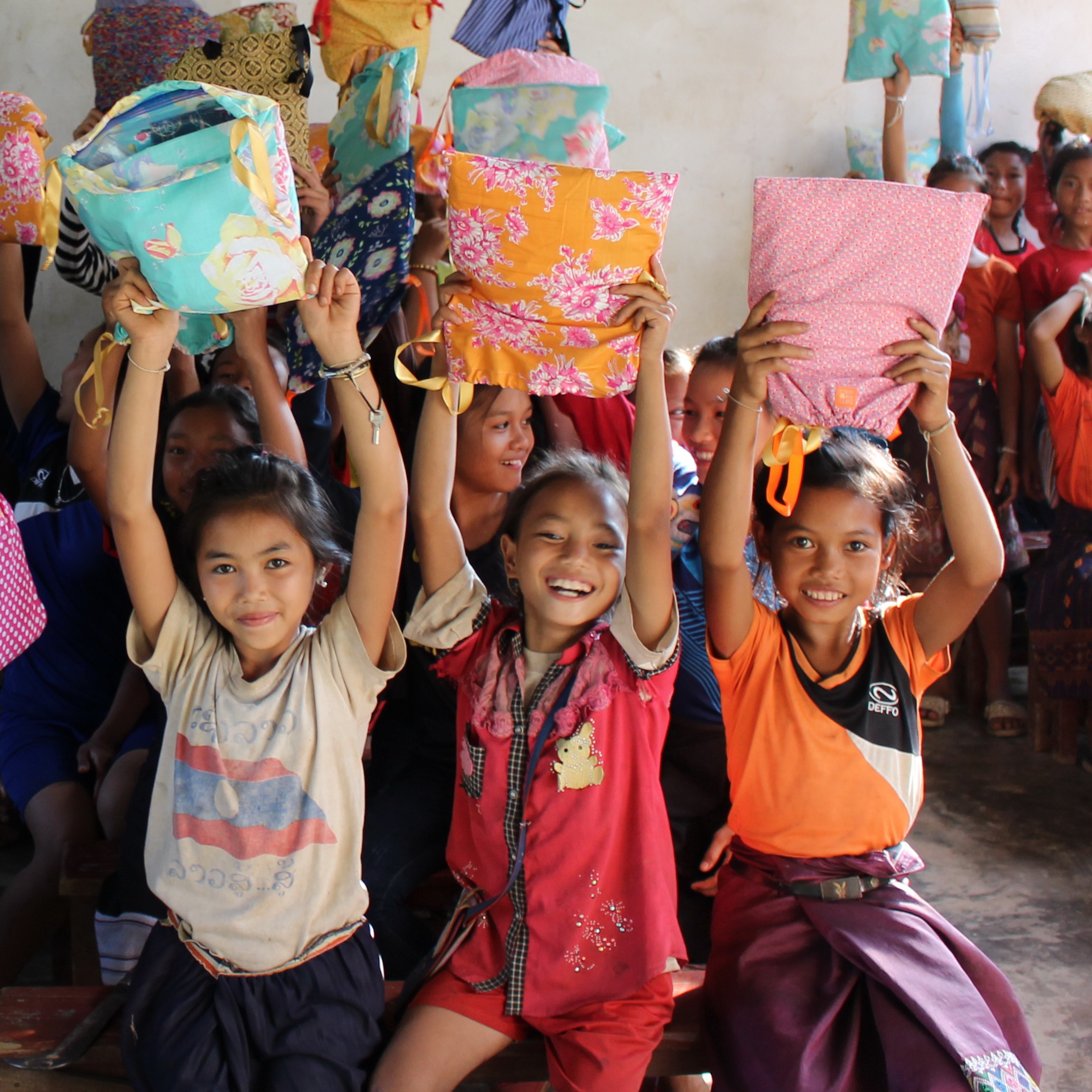Menstrual Health & School Absenteeism In Laos: New Research Findings

What’s the connection between periods and student absenteeism – and how do we help menstruating youth stay in school?
That’s the critical question that Menstrual health and factors associated with school absence among secondary school girls in Luang Prabang Province, Lao People’s Democratic Republic: A cross-sectional study aims to address.
Published last month in the PLOS One Journal (and co-authored by DfG Chief Programs Officer Leyla Isin-Xiong), this eye-opening study examines the school-based menstrual health experiences, knowledge and drivers of class absenteeism for teenage students in Luang Prabang, Lao People’s Democratic Republic (PDR) – and identifies key opportunities for action.
Menstrual Health Management in Schools: An Ongoing Challenge

Menstrual health (MH) management remains a challenge for many Lao women and girls, particularly in the rural north.
While the country has made enormous progress in the water, sanitation and hygiene (WASH) sector over the past two decades, the absence of menstruation-specific programs – including comprehensive MH education – continues to drive period poverty nationwide.
To explore this gap and examine its impact on school attendance rates, the study interviewed 1,366 girls in grades 9-12 across six Luang Prabang Province schools. Participant feedback and experiences shed light on a critical need for more timely and accurate menstrual health education, along with improved WASH facilities, in schools throughout the region.
Key Finding 1: Gaps in menstrual health education

According to this study, Lao PDR’s national education curriculum, which currently includes limited information about menstrual health at grade 9 (13–14 years old), is insufficient in preparing girls for menarche. Delayed, oversimplified or absent delivery of MH education often perpetuates taboos, menstrual shame and stigma, and can result in missed school days during menstruation.
- The majority of girls (65%) were shocked or ashamed when they first started menstruating
- 69% of girls started menstruating by grade 9, yet only 5% obtained accurate menstrual information from teachers before menarche
- 28% of girls did not receive any information about menstruation before menarche
- 68% of girls believed that menstruation was “bad blood” shed by a woman’s body and 0.8% believed that it was caused by disease
- Menstrual health knowledge did not improve between students in grade 9 and grades 10-12
- Mothers were the largest source of menstrual health information (47%)
Key Finding 2: Inadequate toilet facilities pose a challenge

Access to safe, private, well-equipped toilet facilities is a key element of menstrual health management; yet, the vast majority of girls in the study did not feel comfortable using school bathrooms to manage menstruation.
- 78% of girls interviewed avoid changing their menstrual pads at school
- 65% of girls try to avoid using school bathrooms altogether
- Four out of the six schools did not have gender-separated toilets or waste bins available for disposing of period products in stalls.
Key finding 3: High prevalence of school absenteeism during menstruation

The study found that menstruation-related school absenteeism is common, with one-third of participants reporting recently missing school because of their period.
- 32% of participants had missed school due to menstruation in the last six months
- Period pain and mental distress were highly-reported reasons for missing class during menstruation
Shaping the Future

When unpacking the lived menstrual experiences of students in relation to school absenteeism, it is vital to consider menstrual health factors beyond the availability of period products. Notably, that includes access to timely, accurate menstrual health education and menstruation-friendly toilet facilities – both of which are lacking in northern Lao schools, according to the study.
Thankfully, this kind of robust research is precisely what’s needed to advocate for policy changes and drive sustainable change.
Based on their findings, researchers recommend incorporating comprehensive menstrual health education into the national curriculum starting in grade 5; promoting teacher trainings on reproductive health; and further investigating the role of adequate toilet facilities in schools.
By capitalizing on these data-driven insights, Lao PDR leaders (and partners like Days for Girls International) have the power to shatter menstrual stigma across the country – and transform the national education space for the benefit of all menstruating students.









